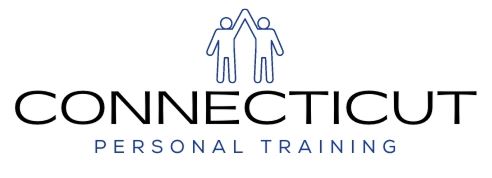There has been a rise in Olympic Weightlifting, and you will see many gyms adding it into their training regimens. What exactly is Olympic weight lifting? Is it meant to be practiced by everyone? Why would someone add these exercises into their workout?
Olympic weightlifting involves a full body range-of-motion to lift maximum weight at a rapid speed using a barbell. It focuses on coordination and strength and is comprised of a variation of two moves: the “snatch” and the “clean and jerk.” In both exercises, the barbell begins on the floor and the lifter uses a combination of coordination and strength, and also specific technique and form, to lift the barbell overhead. What makes this type of weightlifting different than power lifting is the lift itself. Olympic weightlifting combines several movements, like the squat and the deadlift, into one fluid motion.
This type of lifting produces a leaner, tighter body by increasing lean body mass and reducing body fat percentage. The training is very efficient in that it requires the entire body to perform the movement. The arms must work in sync with the core and legs. These lifts are also the ultimate workout for your core. The further you move weight away from the core and the body, the more the core is engaged to stabilize the body. Therefore, as you lift the barbell overhead, your core is engaged entirely.
These types of workouts improve your bone health, and also, your overall speed and performance. Subsequently, the movements will empower the you to feel stronger and more confident. But Olympic lifting is really meant to improve power and quickness and it requires your nervous system to fire at a very rapid pace. Hence, these exercises are not meant to be practiced by every single individual who enters a gym.
Olympic weightlifting moves do benefit the athlete, the experienced gym-goer and those individuals who have mastered the basic movements of the specific lifts. Individuals who are looking to increase power are really to whom these types of movements are geared.
Beginners to exercising and/or the average person who attends a gym should not be given a “snatch” or a “clean and jerk” as one of their introductory exercises. These advanced movements— especially in the case of a beginner– can cause injury and are considered high risk. Any of these exercises should be performed only under the scrutiny and guidance of a properly qualified and experienced personal trainer who can show someone how to execute the moves with proper form and who can spot correctly.
Based on the specialization of Olympic weightlifting exercises, one should carefully decide when to implement them into a training program. As with every exercise routine, it is a matter of weighing risk versus reward. Olympic Lifts have the end goal of building explosiveness and power. These are key goals for sports athletes, tactical athletes, and competitive clientele, but may not be necessary for the general population. The average clients do not need to lift 300 pounds over their head explosively in order to be able to carry their groceries without pain or discomfort. Essentially, if the reward does not match the goals of the client, then it is just pure negligence to add them into a workout program.



